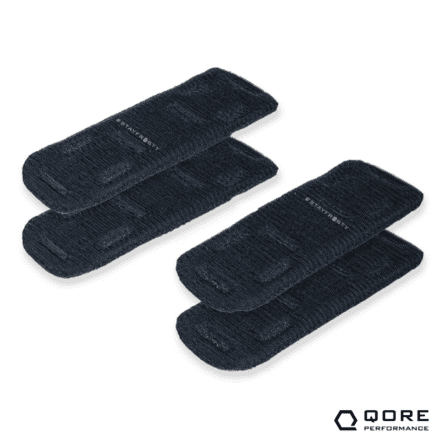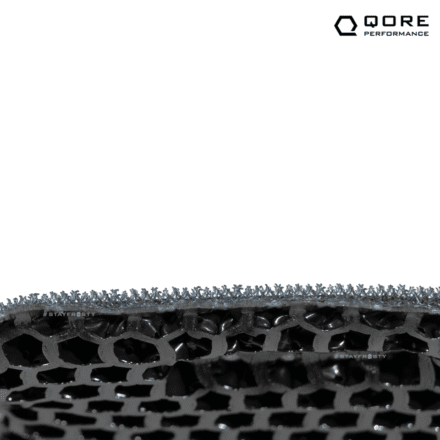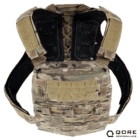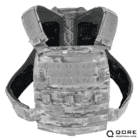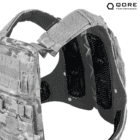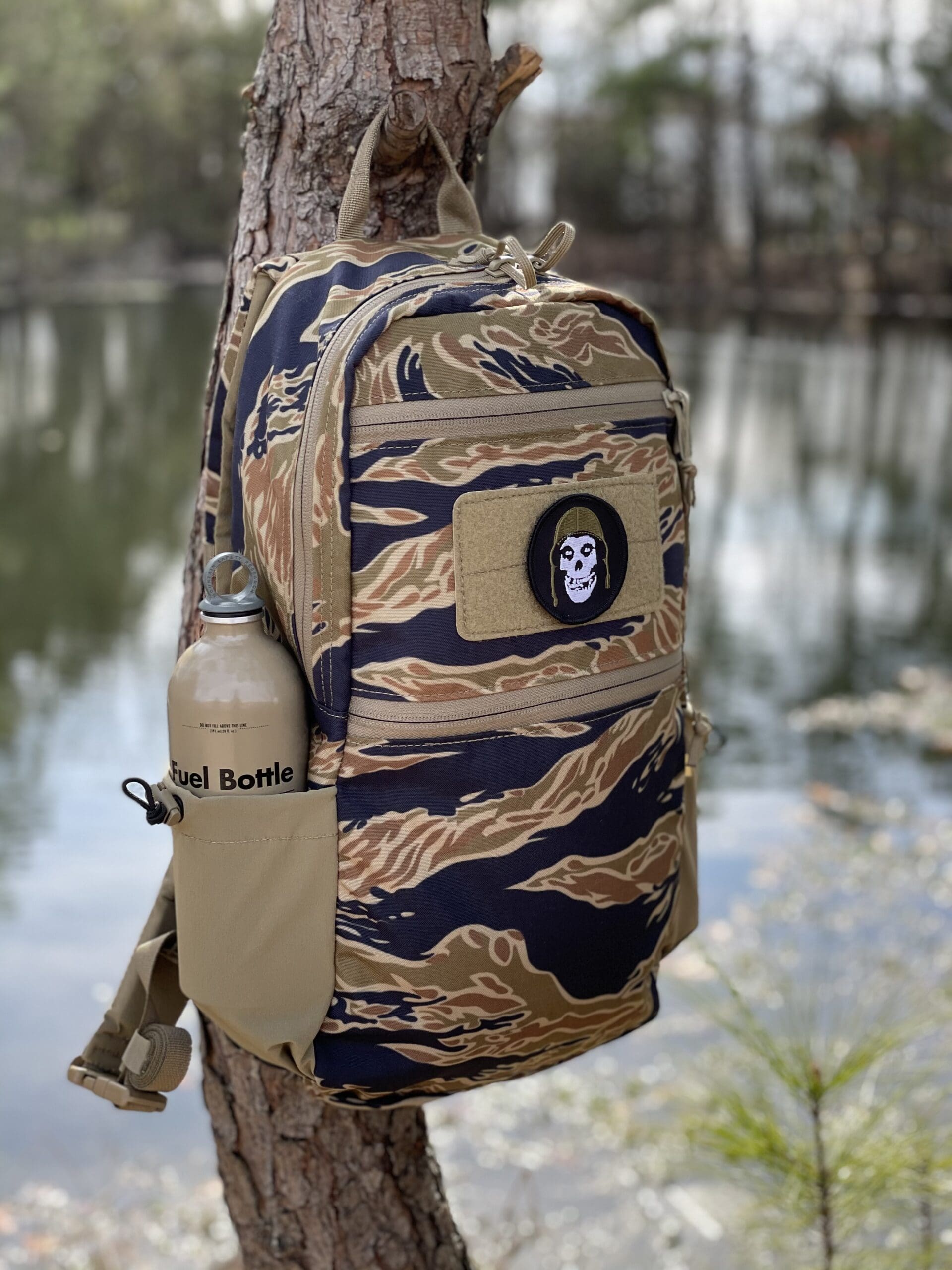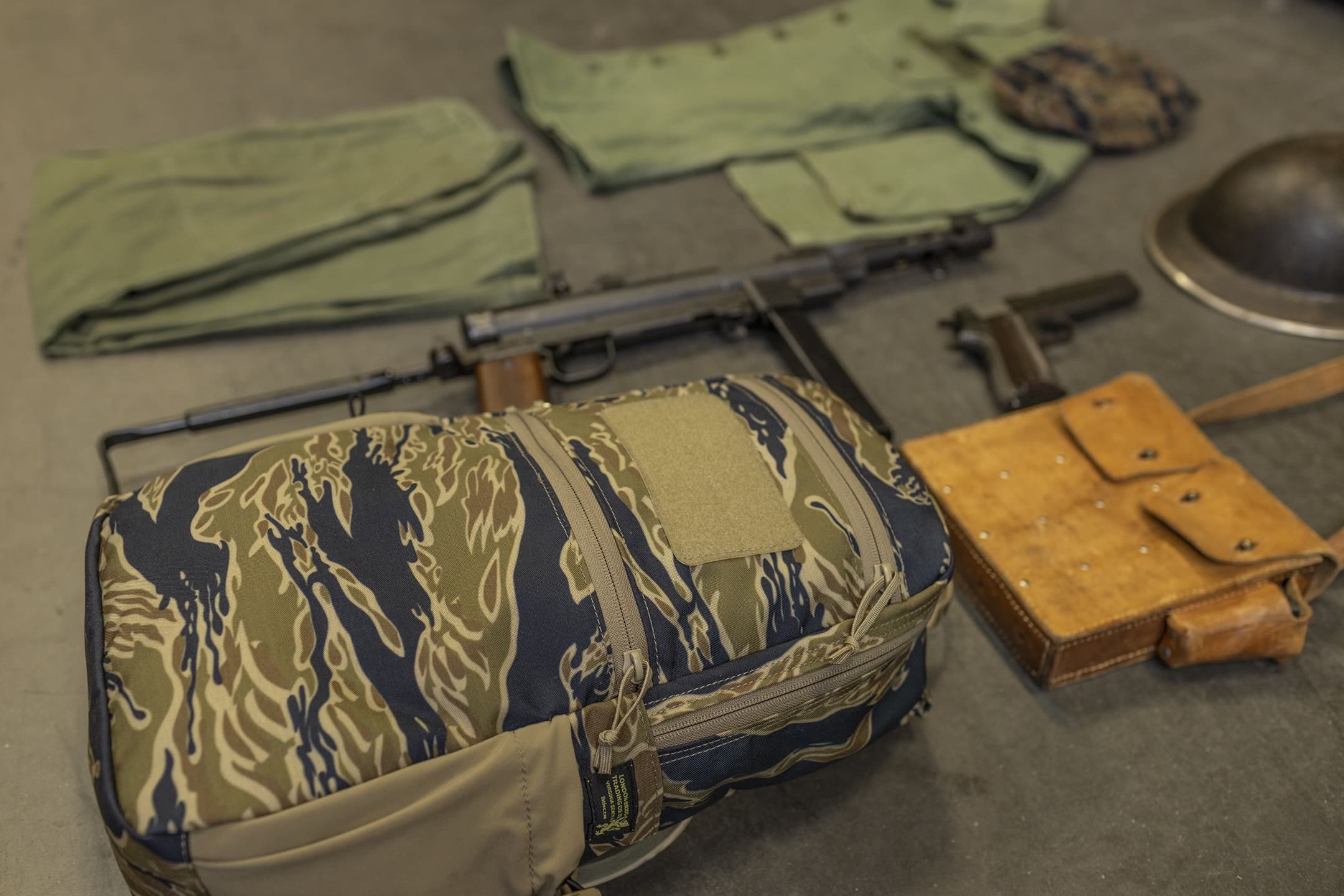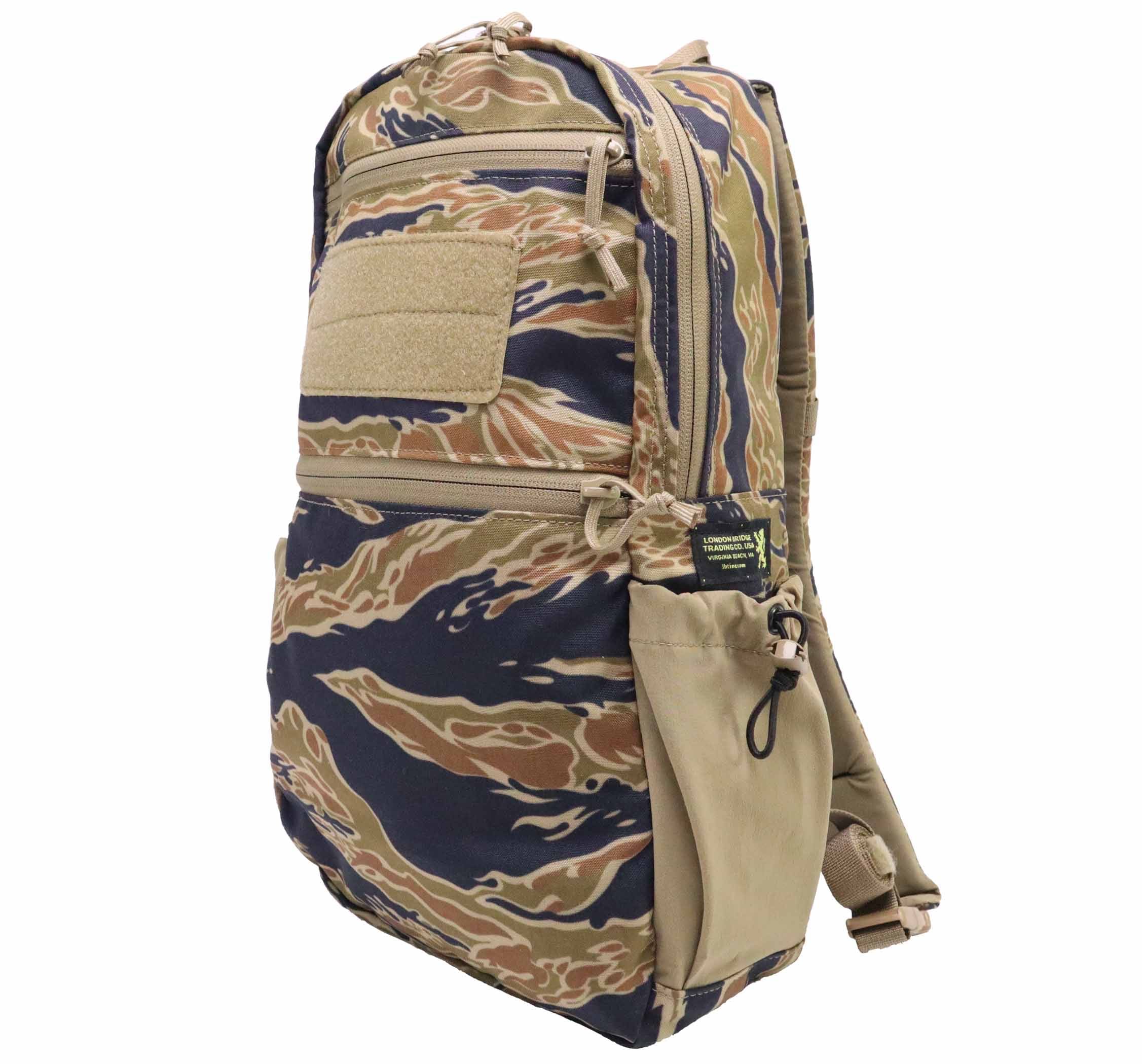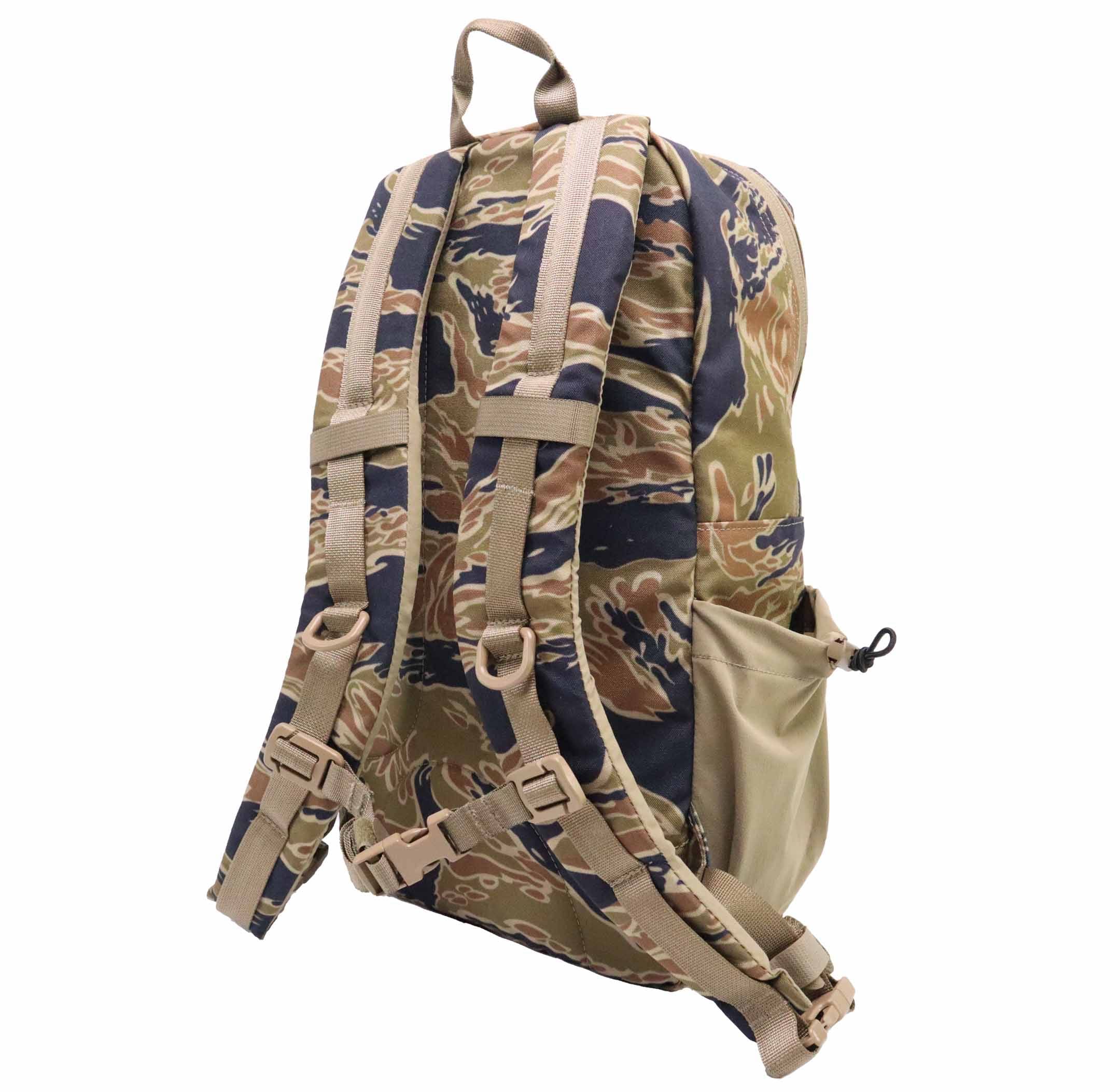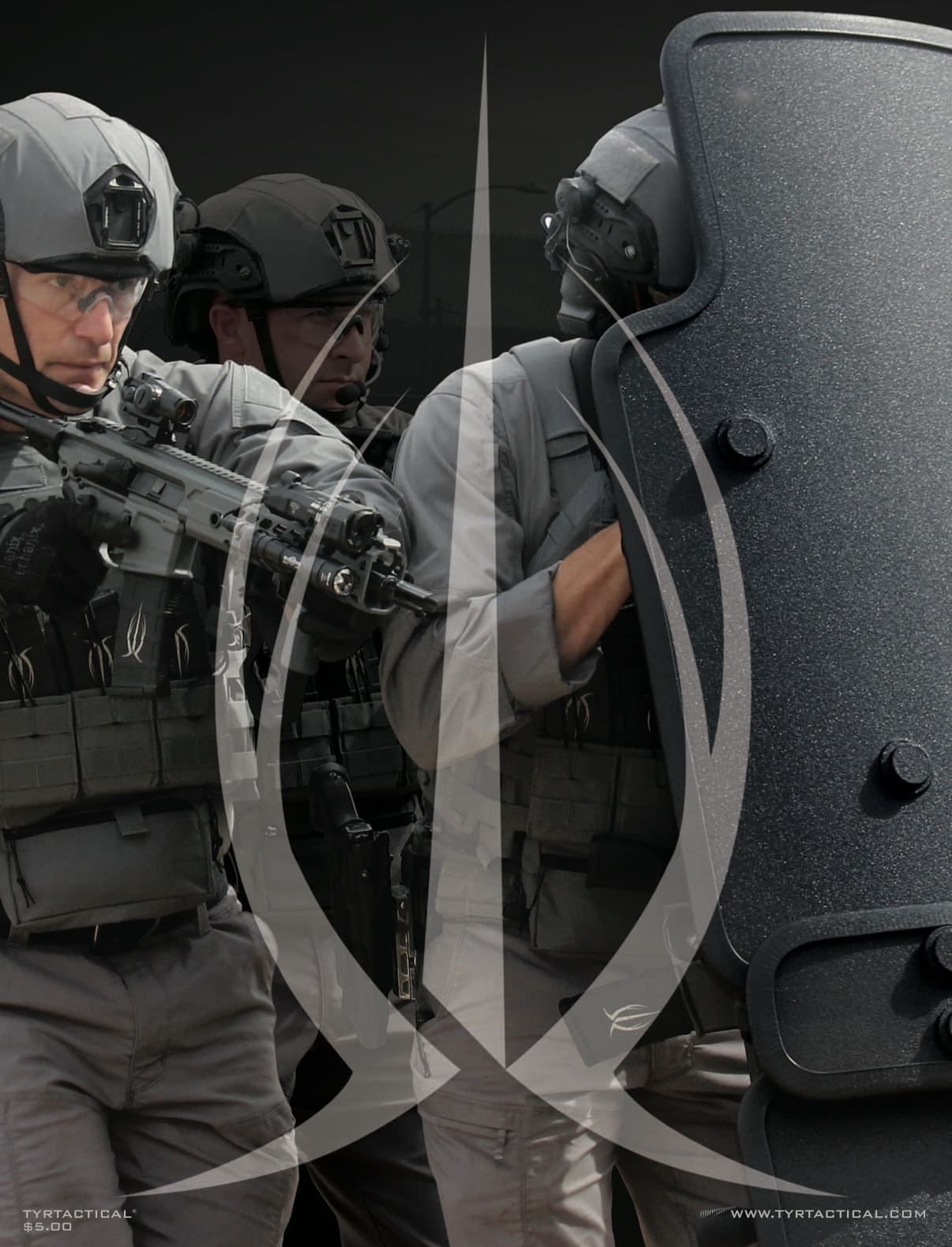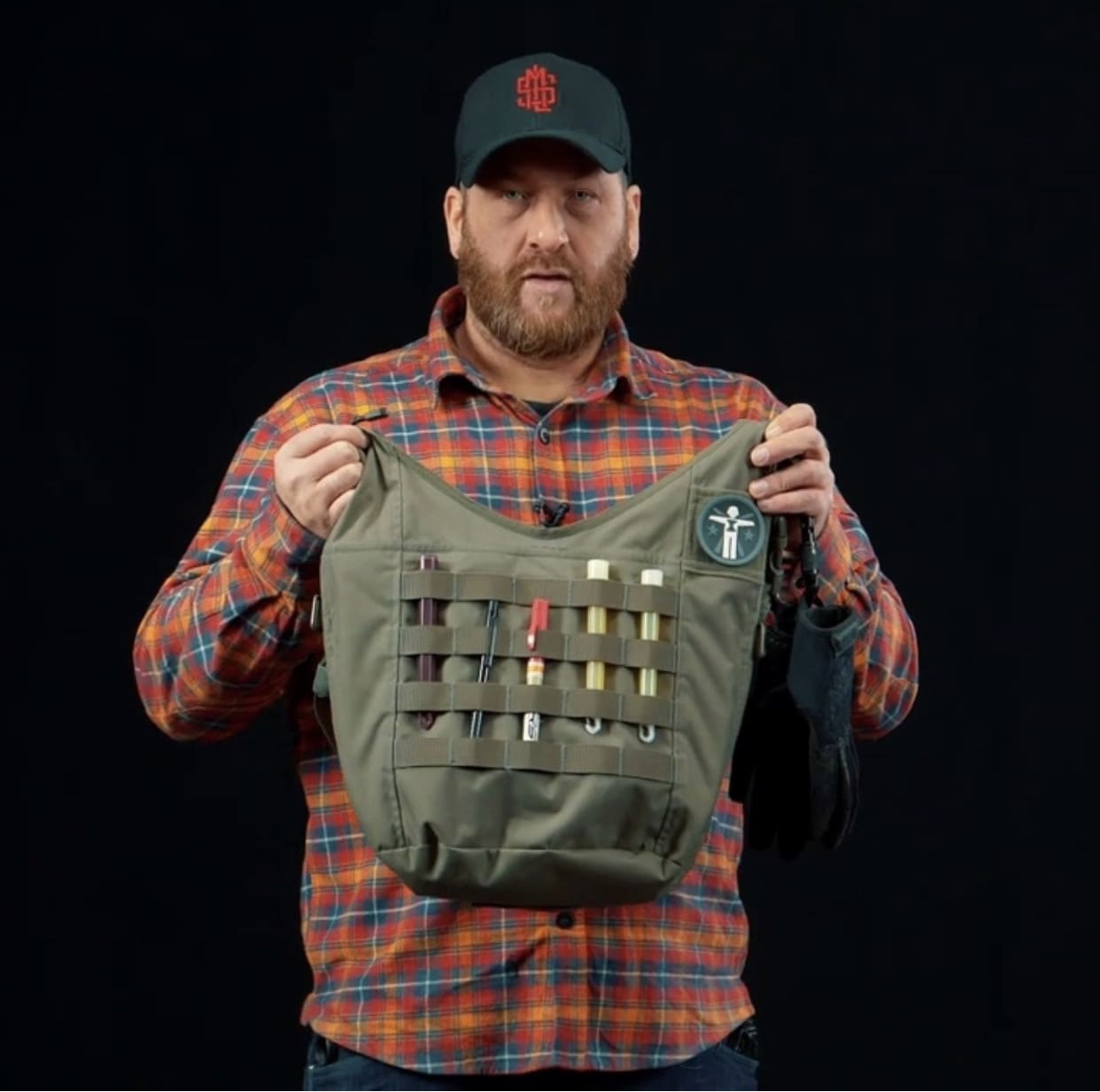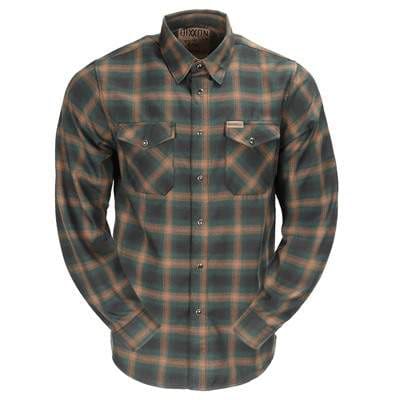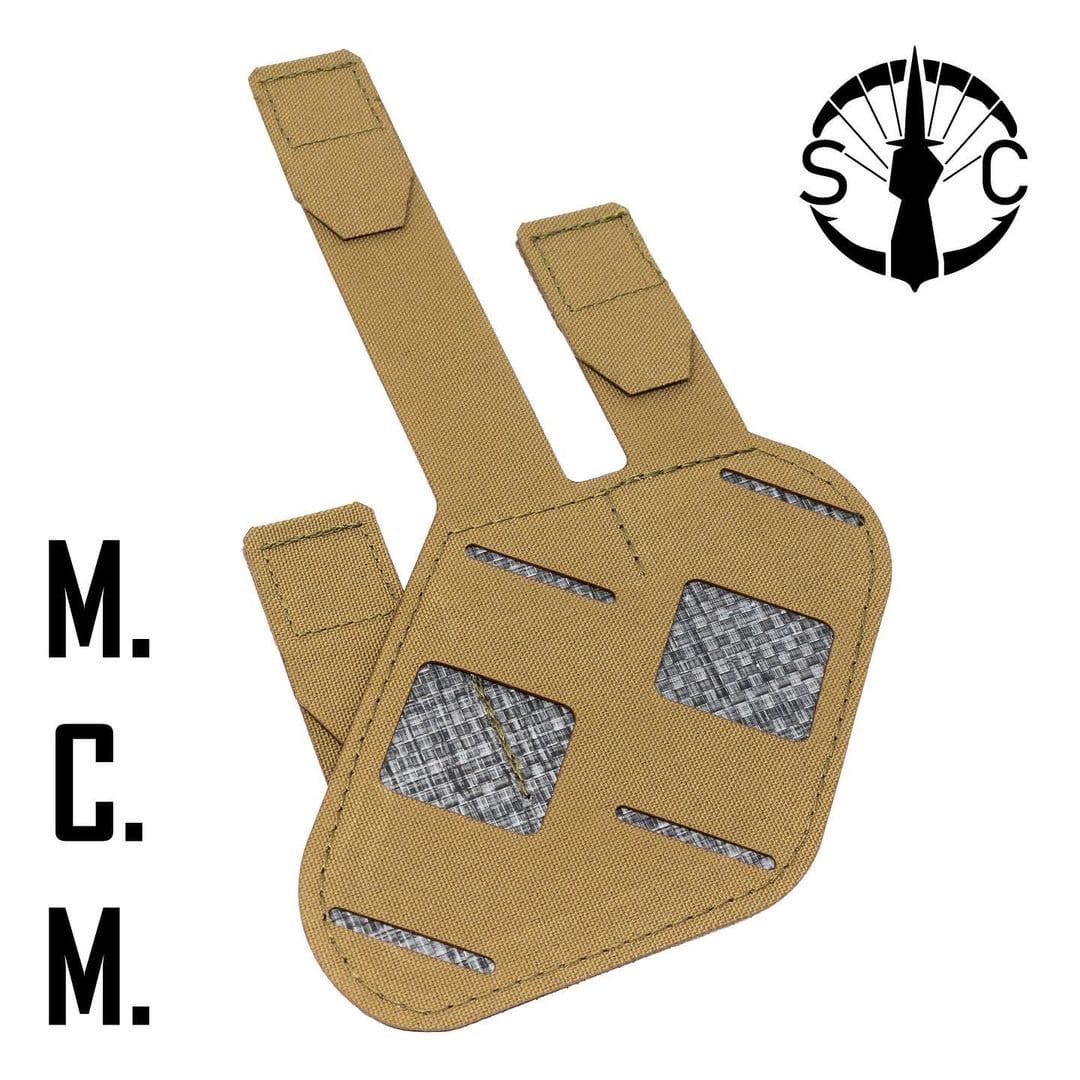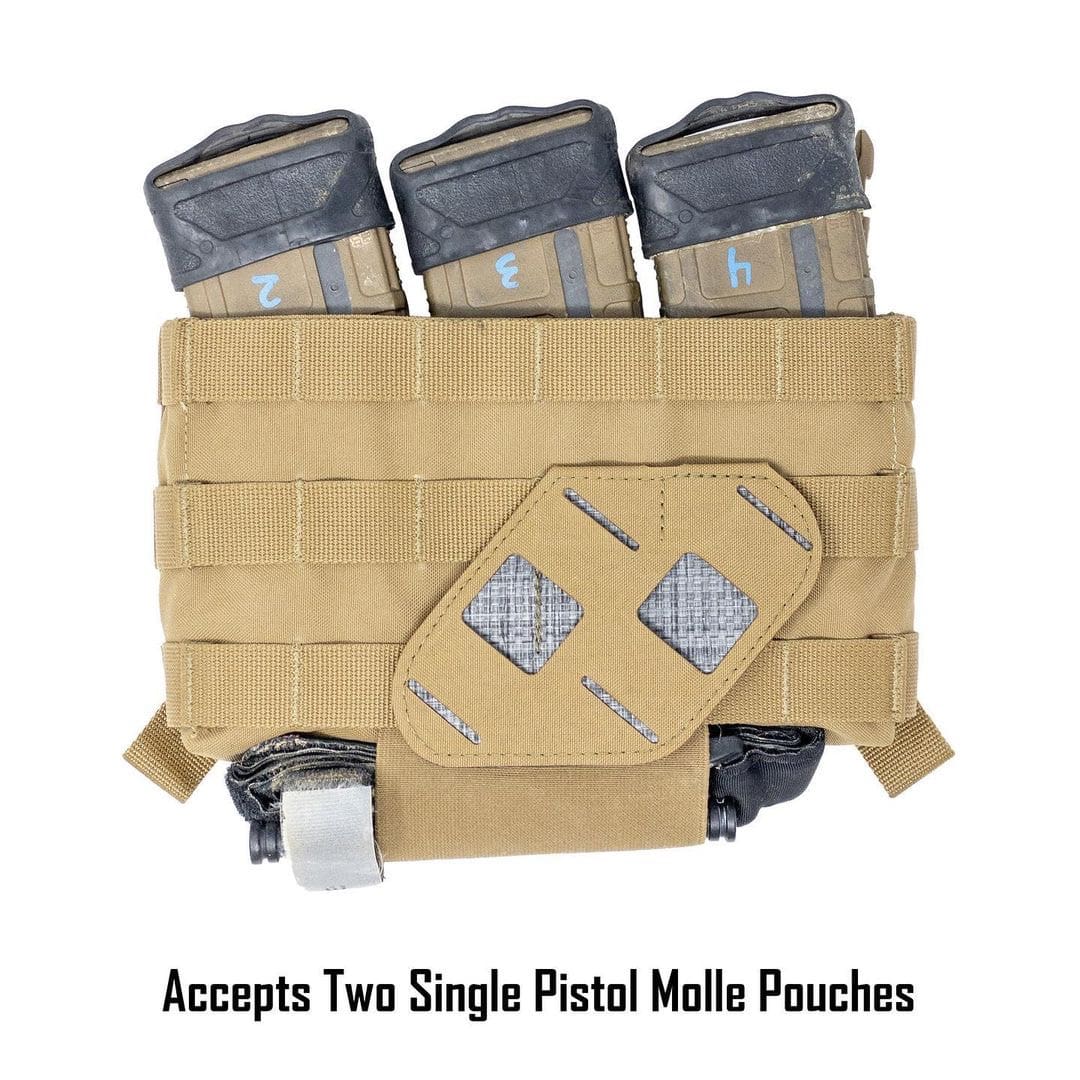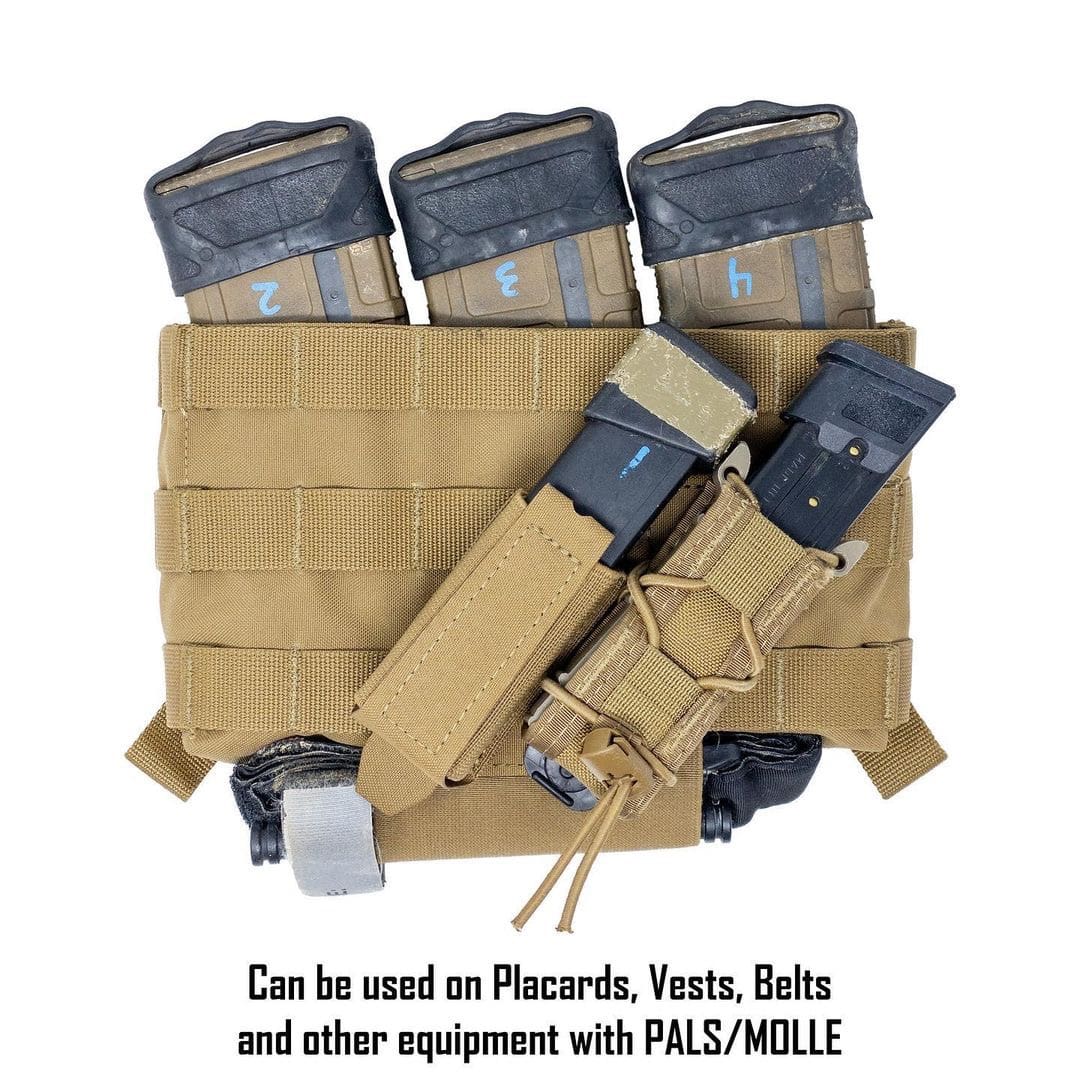GASTONIA, N.C. – Premier Body Armor is proud to announce availability of its new STRATIS level IV plates. These new composite/polyethylene plates are multi-hit capable and are the ideal for those looking for maximum protection from an exceptionally thin and light plate.
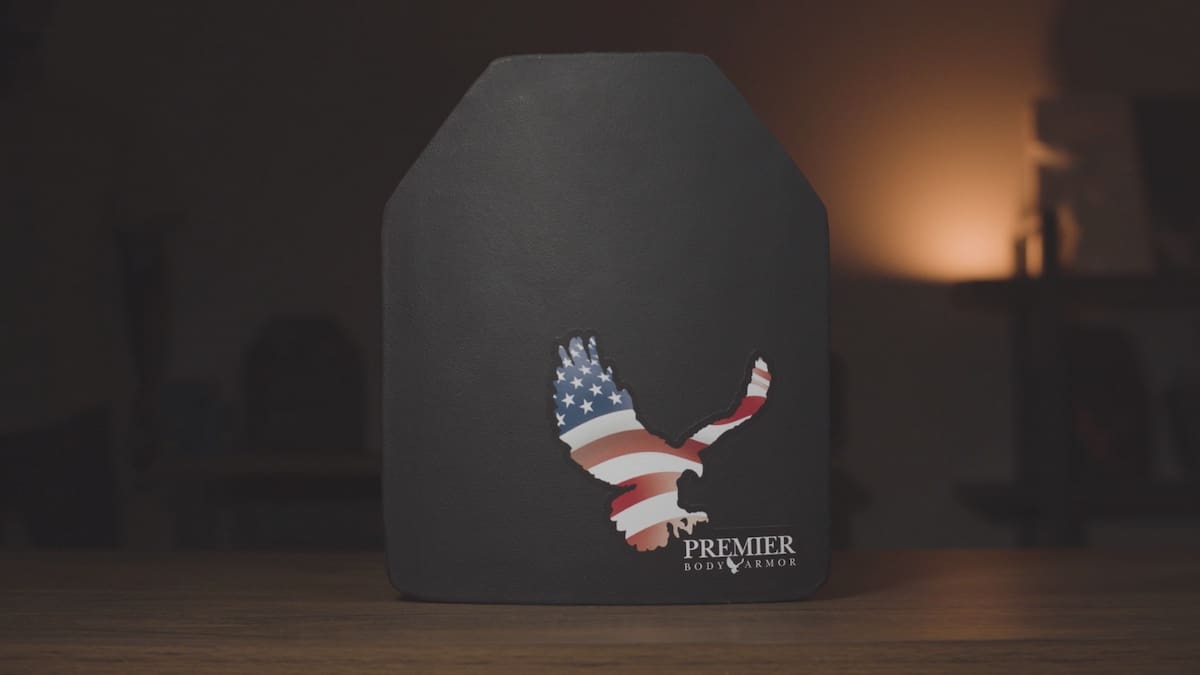
“The new STRATIS Level IV plates are rated to stop multiple hits from the most aggressive small arms ammunition, including M855 and .30-06 AP,” said Frank Stewart, President of Premier Body Armor. “We solve the two most common issues with traditional Level IV plates with this product. Traditional Level IV plates are heavy and fragile. We’ve utilized a tiled composite strike face that isolates trauma to the plate, thus allowing the plate to be drop-resistant and multi-hit capable. We lighten the overall weight of the plate by several pounds by using the latest Ultra High Molecular Weight Polyethylene technology as the ballistic core of the armor. As with all of our armor solutions, the STRATIS Level IV plate is 100% made in the U.S.A.”
The STRAITS Level IV plates are special threat tested against these calibers at a distance of 15 meters:
• 7.62×39 123gr PS Ball (MSC)
• 7.62×51 147gr FMJ (M80) – up to 2850 ft/s
• 5.56×45 55gr (M193) up to 3150ft/s
• 5.56x45mm 62 grain steel core (M855)
• 5.56x45mm M855 A1
• 7.62x63mm M2 AP (.30-06)
These 10” x 12” single curve ESPAI cut plates meet the NIJ 0101.06 Level IV ballistic standard. STRAIS plates come with a 10-year warranty. The 5.3-pound plates are just .9” thick and finished with a Polyurea outer covering for abrasion and moisture resistance.
Learn more about Premier Body Armor and their complete line of armor at Premierbodyarmor.com.



